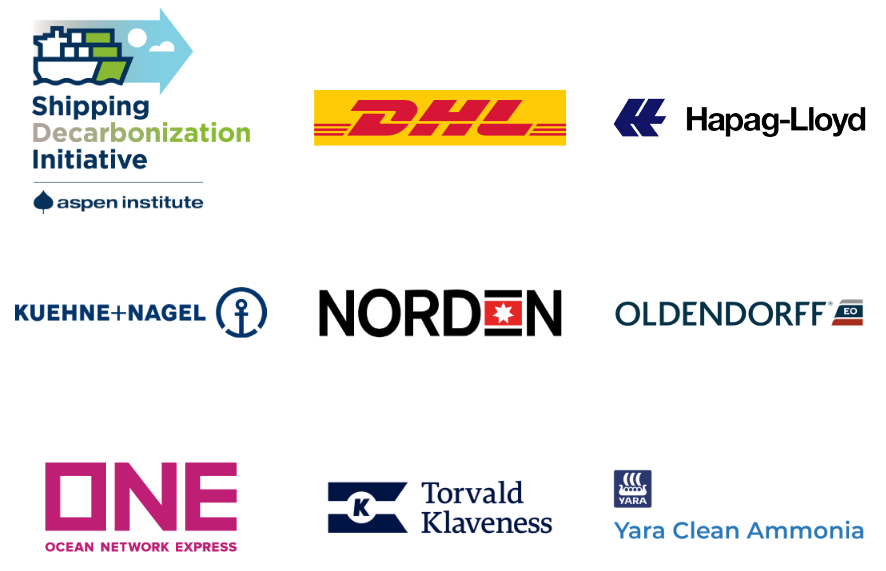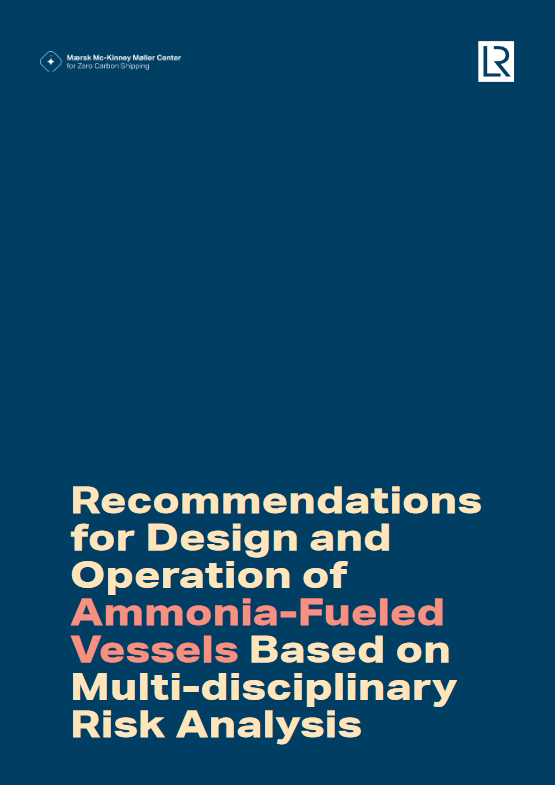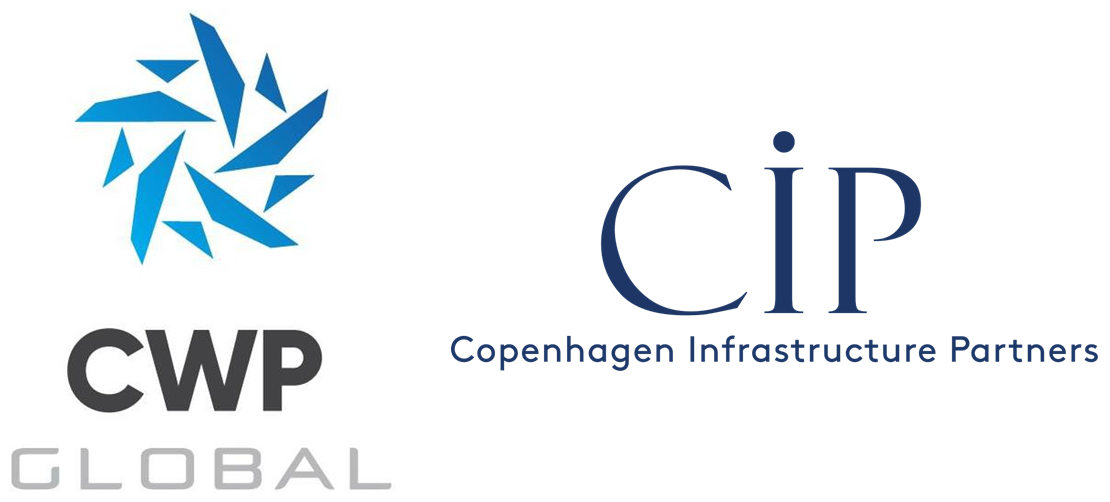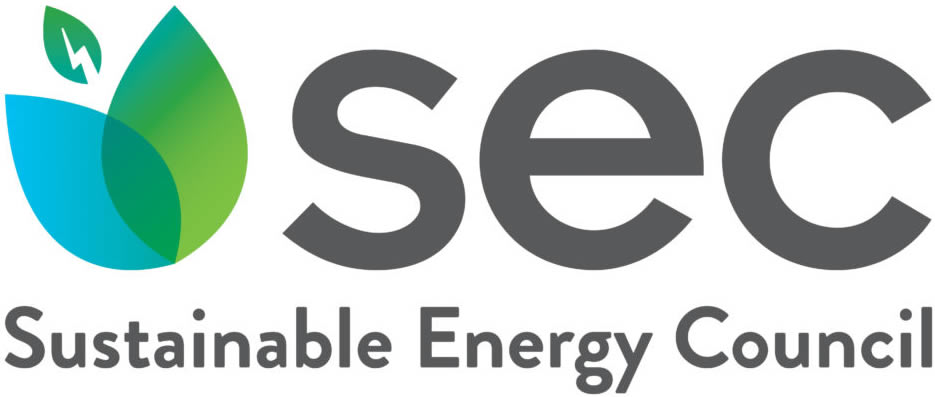Major maritime companies align behind book-and-claim approach to certification
Nine key shipping stakeholders have joined the Global Maritime Forum to issue a joint statement, committing to develop and implement “robust book and claim chain of custody systems” that will accelerate the uptake of new maritime fuels like ammonia.







